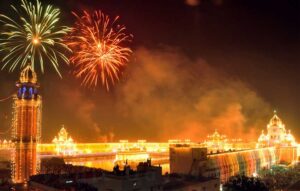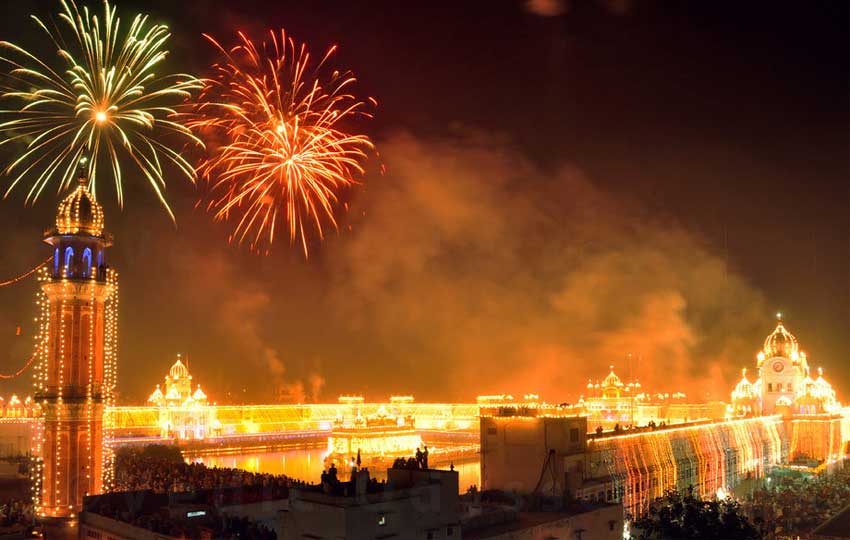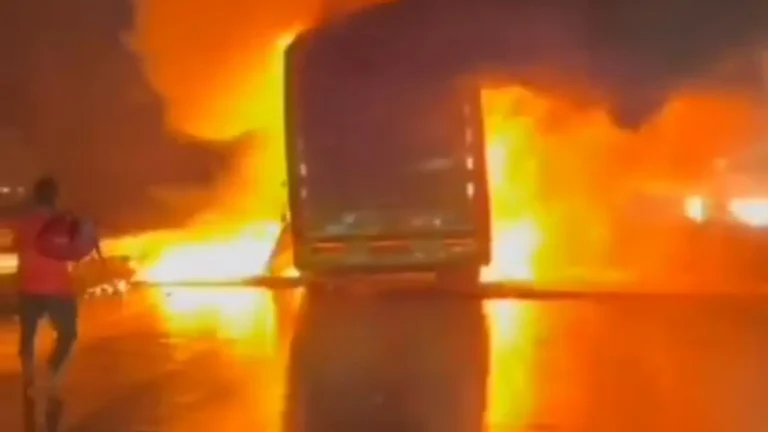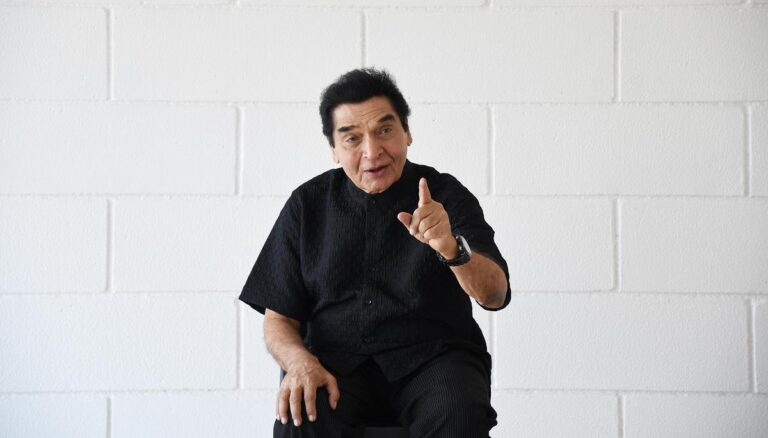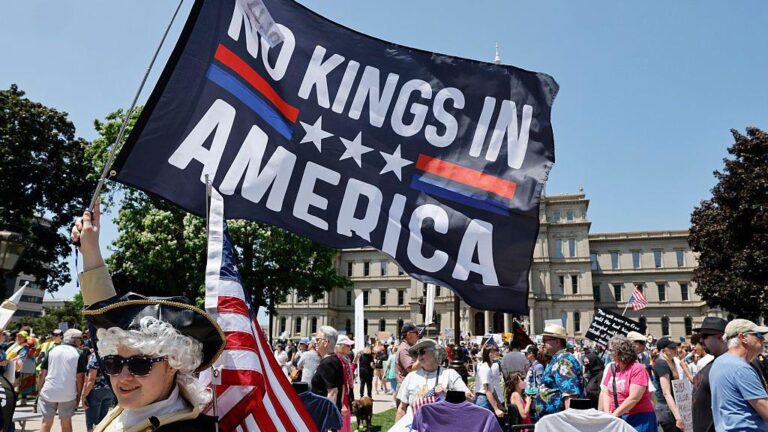India lit up with dazzling brilliance on Sunday night as millions celebrated Diwali — the festival of lights that symbolizes the triumph of good over evil and light over darkness. From Delhi’s illuminated streets to the ghats of Varanasi glowing under thousands of diyas (earthen lamps), Diwali 2025 captured the nation’s collective joy and resilience amid challenging times.
This year’s Diwali was especially significant as it marked a full return to unrestricted public festivities after years of subdued celebrations due to environmental restrictions and socio-political concerns. Markets were packed, sweets shops overflowed with customers, and families reunited to share love, gifts, and laughter.
Cultural Splendor Across India
In Mumbai, iconic landmarks such as Marine Drive and the Gateway of India were lit in gold and crimson hues. Delhi’s Connaught Place sparkled with decorative lights and eco-friendly lamps. Meanwhile, in Ayodhya — the birthplace of Lord Rama — over 22 lakh diyas were lit along the banks of the Sarayu River, setting a new world record for the largest diya-lighting ceremony ever held.
Temples across India conducted elaborate aartis and pujas, while homes were adorned with rangolis, candles, and flowers. The aroma of freshly made sweets like gulab jamun, kaju katli, and laddoos filled the air. Traditional fireworks displays erupted across cities despite ongoing government advisories urging restraint.
Pollution Overshadows the Glow
While the festive spirit soared, air pollution became a pressing concern once again. Delhi’s Air Quality Index (AQI) touched hazardous levels early Monday morning, with readings around 335, placing the city firmly in the “very poor” category. Environmental agencies attributed this spike to widespread fireworks, stubble burning in neighboring states, and stagnant wind conditions that trapped pollutants.
The Delhi government had imposed a temporary ban on the sale and bursting of firecrackers, but enforcement remained weak. Environmental activists expressed concern, warning that such pollution surges have long-term effects on public health, especially for children and the elderly. Despite these concerns, the spirit of Diwali continued to shine brightly, revealing the deep cultural attachment Indians have to this timeless celebration.
Balancing Tradition and Sustainability
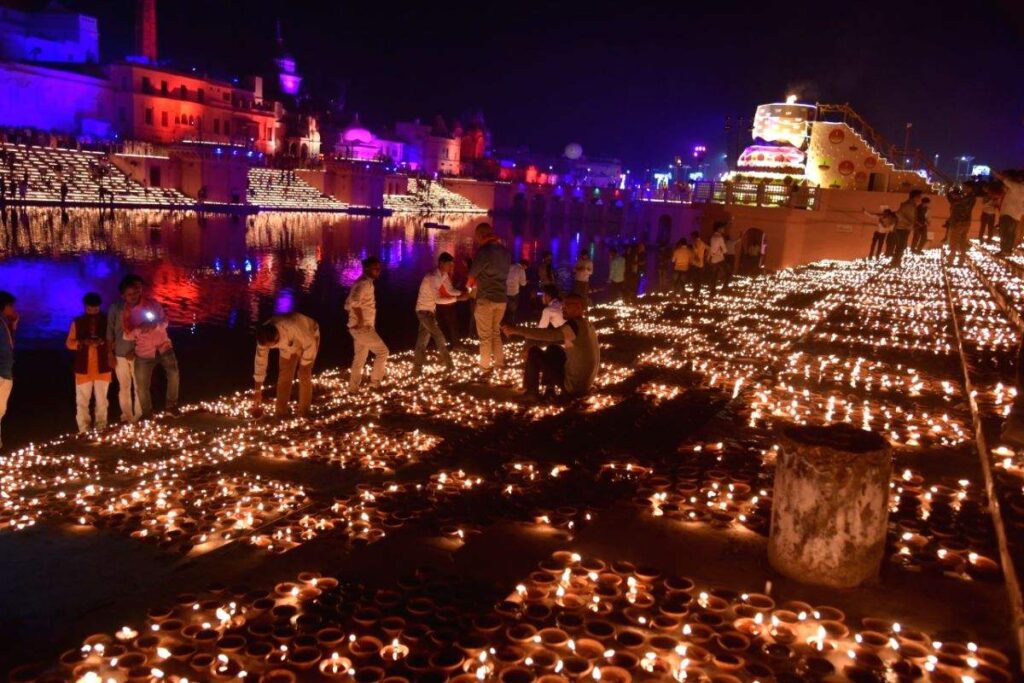
In recent years, growing awareness about climate change has led to efforts promoting “green Diwali” initiatives. Many schools, social organizations, and influencers have been encouraging citizens to celebrate with eco-friendly diyas made from cow dung, seed-filled crackers, and LED lamps instead of chemical-based fireworks.
This year, cities like Bengaluru, Pune, and Chandigarh witnessed increased participation in community-based green celebrations. Several housing societies organized collective lighting events, cultural performances, and charity drives to mark the festival more responsibly.
Economic Revival Through Festivity
The festive season also gave a much-needed boost to India’s economy. Retail sales soared, with estimates suggesting over ₹1.8 lakh crore in Diwali-related spending — the highest in five years. Gold and jewelry sales spiked nearly 20 percent compared to last year, while e-commerce giants like Amazon and Flipkart reported record-breaking orders during their festive sales.
Local artisans, potters, and small businesses benefited greatly from the rise in demand for handmade diyas, sweets, and traditional décor. After years of economic uncertainty, Diwali 2025 reignited optimism for both consumers and entrepreneurs.
The Spirit of Unity
Beyond the lights and festivities, Diwali continues to symbolize unity across India’s diverse communities. People of all religions and regions come together to celebrate friendship, gratitude, and renewal. From Sikh gurdwaras in Punjab to Jain temples in Gujarat, and even among Christians and Muslims who join in neighborhood festivities, the spirit of Diwali transcends boundaries.
Looking Ahead
As India looks forward to the winter season, authorities are emphasizing the importance of sustainable celebration models to protect public health while preserving cultural traditions. The challenge lies in balancing environmental responsibility with the joy and emotional depth of one of the world’s most celebrated festivals.
Diwali 2025 reminded everyone that even amid smog-filled skies, the light of human connection, hope, and faith continues to shine. It was not merely a festival — it was a statement of India’s enduring spirit, illuminating the path toward a brighter and cleaner future.


